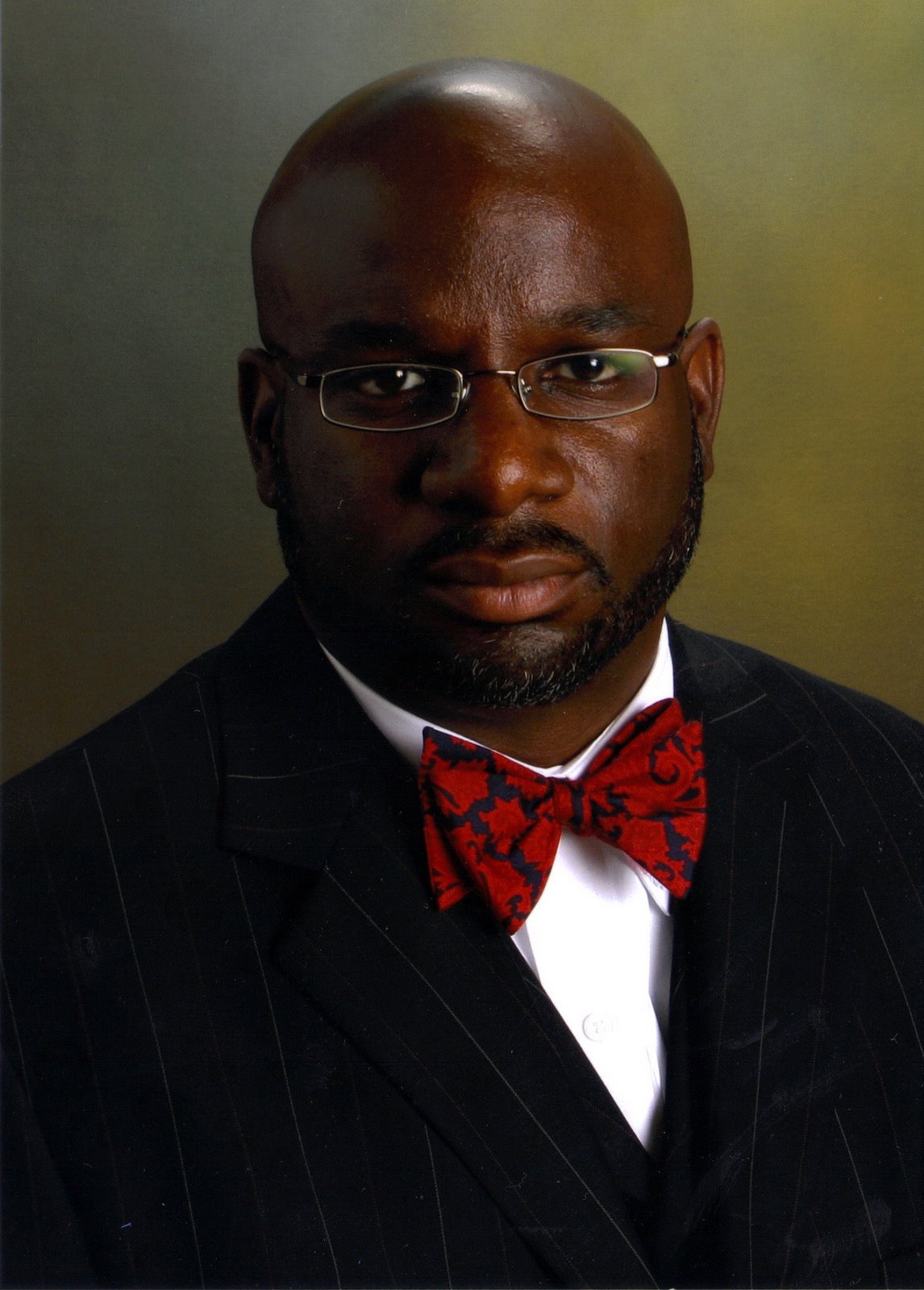 In a few short months, we will begin our official celebration of the 250th birthday of our illustrious founder, Bishop Richard Allen. In fact, in Philadelphia, several pre-events have already occurred or will soon happen (Mother Bethel at St. George's, Dr. James Cone preaches at Mother Bethel, Drs. Cornell West and Molefi Asante will discuss Allen on Dec. 16). The year will literally fly by as we rightfully celebrate Allen's lasting legacy.
In a few short months, we will begin our official celebration of the 250th birthday of our illustrious founder, Bishop Richard Allen. In fact, in Philadelphia, several pre-events have already occurred or will soon happen (Mother Bethel at St. George's, Dr. James Cone preaches at Mother Bethel, Drs. Cornell West and Molefi Asante will discuss Allen on Dec. 16). The year will literally fly by as we rightfully celebrate Allen's lasting legacy.However, as a denomination, we should be thinking and planning right now for the proper way to remember Bishop Daniel Alexander Payne's 200th birthday on February 24, 2011. After Bishop Allen, no other person has had such an impact on the shape and direction of the African Methodist Episcopal Church (AMEC) than Bishop Payne. Bishop Payne was the longest serving bishop in our history, serving as an active bishop literally 1/2 of his 82 years (elected and consecrated in 1852).
During his lifetime, he led the fight for an educated ministry, he purchased Wilberforce University on behalf of the AMEC, and he was the central figure in the expansion of the AMEC into the south in the days after the Civil War. On the flip side, he was largely responsible for defeating the efforts of those who sought inclusion of women into the ranks of ministry and he led the crusade to erase what many today view as valuable aspects of Black Christian worship.
Payne was a controversial figure, to be certain, and his legacy needs to be better understood by a contemporary audience in that much of what we know today to be "AME" had to do with his policies and practices. A proper celebration of his life should in the very least include voices from Charleston, SC; Wilberforce, OH; Gettysburg, PA; Troy, NY; Philadelphia, PA; Washington, DC; and Baltimore, MD. This list is not exhaustive, but just highlights those places where he lived and worked. Clearly, there are others who should be included.
Perhaps one area of concern we can all agree on doing together is repairing the head stone at his last resting place. As you can see in the picture above, Payne's monument is in disrepair. In fact, Bishop Alexander Wayman's (Payne's son in the episcopacy) monument sits next to his and is also broken down. Both are at Mt. Zion Cemetery in Baltimore, MD. They were moved to the current location in the mid 1900s after the original location (Laurel Cemetery) was swindled away by unscrupulous Baltimore city council members and turned into a shopping mall. Prior to this act, Laurel Cemetery was a "who's who" for Baltimore African Americans. The AMEC was fortunate for the action of the Baltimore Annual Conference in saving the monuments and remains of Bishops Payne and Wayman, in that many others were simply covered with asphalt to make a parking lot.
Let's not let the remains of Bishop Payne go through disrespect for a second time. Like we care for the remains of Bishop Richard Allen, Mother Sarah Allen, and Bishop Morris Brown, in the tomb at Mother Bethel, some small fund or stipend should be put in place to care for the site of one of the giants of African Methodism.
If there are interested persons who would like to begin discussing how we best honor the life and legacy of Bishop Payne in 2011, please reach me via email at markkellytyler@gmail.com. Also, add a comment here so that others might be inspired to think about ways we can commemorate this milestone of 200 years!



